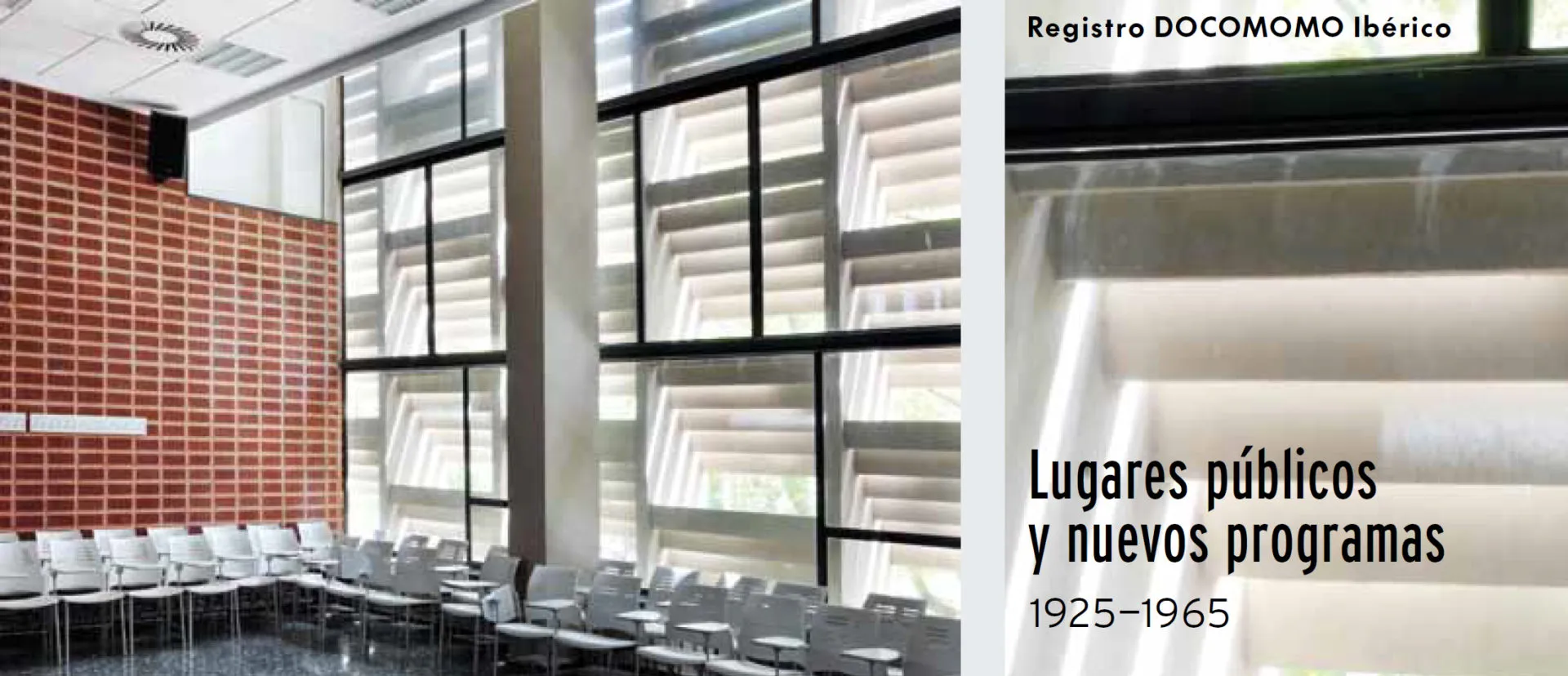
In the twentieth century, together with housing, buildings that provided civic infrastructures came to be designed very differently. Developments in medical technology and public health led to changes in health buildings, and these became more complicated. The introduction of new pedagogical methods and an increase in the number of students required environments suitable for teaching. The search for solutions to these new requirements found a perfect ally in the functional and rationalist principles of modern architecture. From the 1920s new architecture in the Iberian Peninsula aimed to provide suitable sun exposure and ventilation, and to arrange everything in a rational organisation by the repetition of modules and building elements with the greatest possible economy of material and form
Control of new building techniques and the wholehearted use of new materials — glass, concrete and steel — became widespread in the 1950s. Traditional structures embraced the modern building vocabulary, and there was no hesitation in adopting this language as a basis for renovation. This happened with the third group of buildings presented here, spaces for religion. Lastly there is a section on buildings for public administration. there are few examples of institutional buildings designed with a modern vocabulary, perhaps because the establishment required imagery and monumentality that it did not see in modern designs. However, there are valuable examples where the abstraction of modern forms managed to successfully provide the required image.
Iberian DOCOMOMO Register: social facilities
The Iberian DOCOMOMO Foundation, a body that documents and preserves Modern Movement architecture, has researched and documented one of the main themes of modernity — social facilities. A large group of specialists distributed throughout Spain and Portugal did extensive fieldwork and recorded it. This produced a large inventory covering about 600 works and sites built between 1925 and 1965. This exhibition displays a selection of facilities dedicated to education, health, public administration and religion, and is followed by a second exhibition, under the title: “Social Facilities II: leisure, sports, commerce, tourism and transportation 1925-1965“
